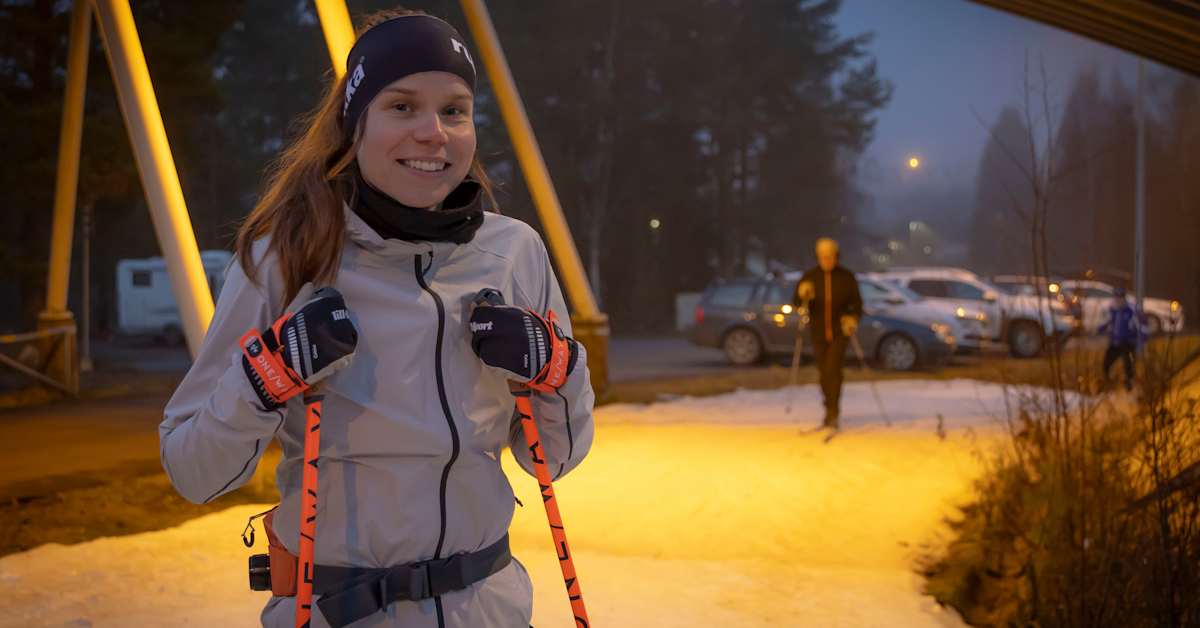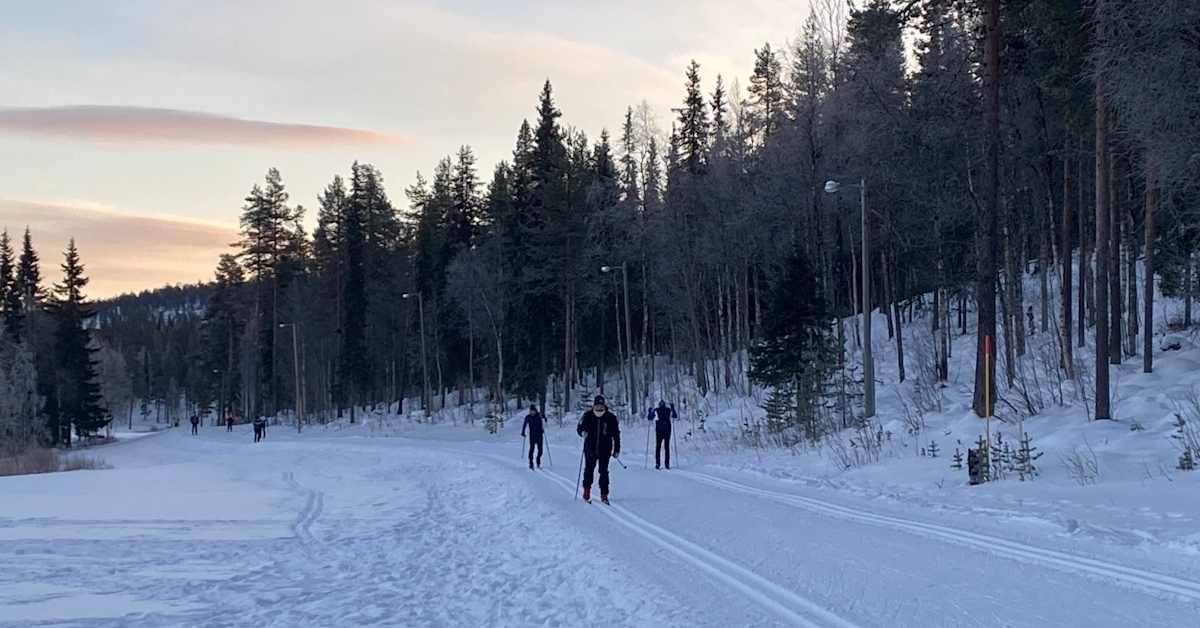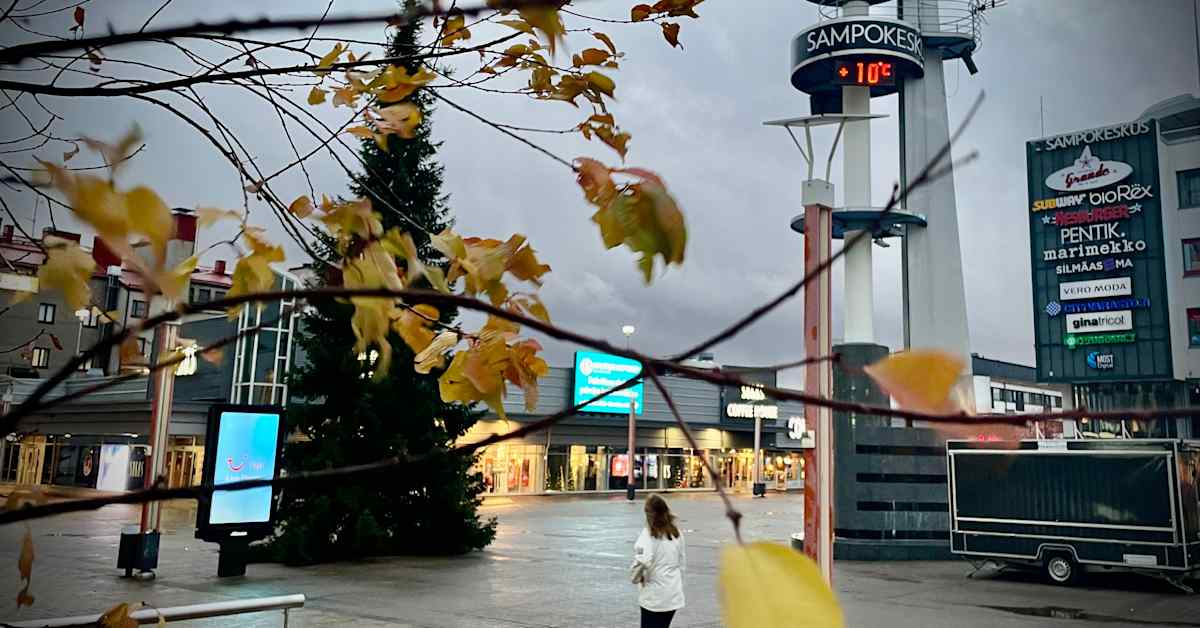
Stored-snow trails suffer in the warmth – national team skier Jasmi Joensuu on Rovaniemi loop: “Unfortunately, this isn’t really skiing…”
Originally published in Yle on November 07, 2025
According to the Latutilanne tracking page, only about ten outdoor ski trails are currently open in Finland, and roughly half are in good condition.
Rovaniemi’s stored‑snow loop at Ounasvaara has traditionally been a sure early‑season training venue for fitness skiers and racers alike, but this year the situation is poor. Only a 500‑meter loop made from stored snow circles the Ounasvaara ski stadium, and days of rain and above‑zero temperatures have melted it badly.
“Ours has lost too much snow. Last weekend there was more. The bridge is starting to get a bit dangerous,” says skier Olli Kyllönen as he circles the course.
Next to him, Hannu Rautio agrees: “There are spots with exposed gravel, so in places you can barely ski.”
National team skier Jasmi Joensuu is also on the Rovaniemi trail. “Unfortunately, this isn’t really skiing,” she says. The professional skier worries particularly about students and domestic‑level athletes. National team members themselves have managed to find better skiing in places like Levi and Central Europe.
Latutilanne group: ten trails open in Finland
Rovaniemi is not the only place struggling. The Latutilanne page, which monitors ski venues across Finland, reports that ten outdoor trails are open at the moment. As of midday Friday, it rated as “good” only the trails at Olos in Muonio, Virpiniemi in Oulu, Kontiolahti, Savonlinna/Tanhuvaara, and Mikkeli/Kalevankangas. Elsewhere, as in Rovaniemi, warm weather has caused soft, dirty, and otherwise compromised conditions.
Competition for stored snow is growing
Yle reported earlier in the autumn that a growing number of companies—such as activity and program service providers—also need stored snow. Last winter the City of Rovaniemi received 10,000 cubic meters of snow from the Ounasvaara ski resort (part of the Lapland Hotels group). This year, however, the company needed the snow for its own use, says Rovaniemi sports director Pekka Hämäläinen.
The city quickly contracted a new stored‑snow provider, but it did not manage to produce enough snow in time. “In practice, the snow melted almost completely over the summer,” Hämäläinen explains.
Eventually, the city obtained 1,000 cubic meters of snow from the ski resort as payment for old debts—enough for this autumn’s “mini‑loop.”
Snowfall is forecast for next week in parts of northern Finland, but it likely won’t help much right away. “Roughly speaking, ten centimeters of new snow compacts into one centimeter. We’d need around twenty centimeters for it to really help with preparing the trail. More than anything, we’re waiting for freezing temperatures so our contractor can start making snow,” says Hämäläinen.
The city must also consider how long a stored‑snow loop to build in the future, balancing the needs of recreational skiers, athletes, and sports tourism. “The target is probably longer than half a kilometer, but does it have to be six kilometers as before, or would a somewhat shorter loop be enough?” Hämäläinen wonders.
In Rovaniemi, creating a six‑kilometer stored‑snow trail costs about 150,000 euros, roughly one‑third of which is covered by trail fees.
See Also

Snow Shortage Impacts Ski Trails in Lapland: Tourists Struggle on Difficult Early Snow Trails
December 06, 2024 / Yle



Rovaniemi Starts to Prepare Ski Tracks Despite Predictions of Up to 10 Degrees Celsius
October 22, 2024 / Yle